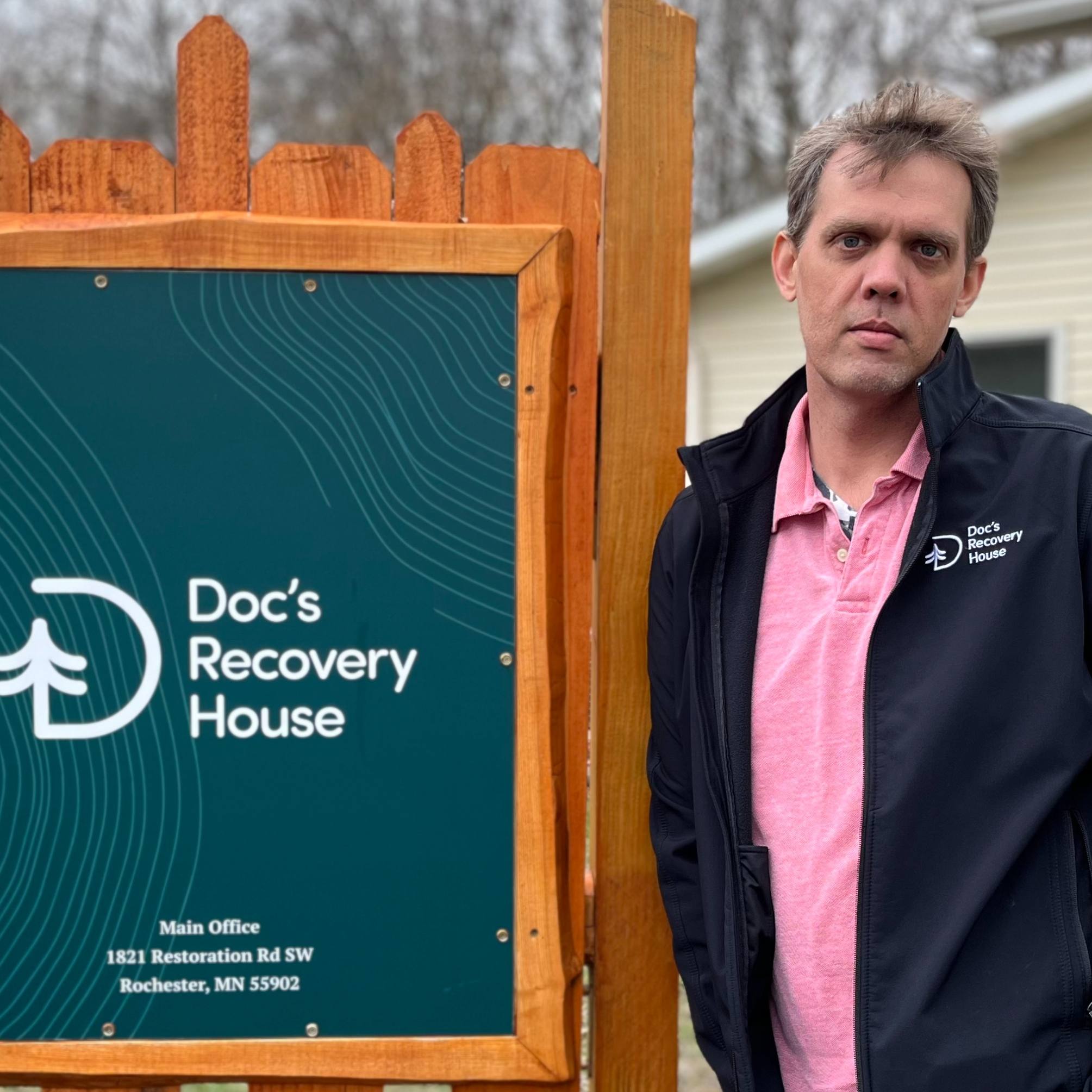-
Health & Wellness
Mayo Clinic Minute: 4 myths about fibroids
Uterine fibroids are common. Approximately 80 percent of black women and 70 percent of white women will develop fibroids in their lifetimes. Dr. Ebbie Stewart, a Mayo Clinic OB-GYN, says research has been scarce, and this may be one reason why myths about the condition exist. Listen as Dr. Stewart debunks four fibroid myths.
Journalists: Broadcast-quality video pkg (1:00) is in the downloads. Read the script.
“There are a lot of myths surrounding uterine fibroids.”
Dr. Ebbie Stewart says fibroids are noncancerous growths of the uterus.
Symptoms include heavy menstrual bleeding, anemia, changes in bowel and bladder habits, and difficulty getting or staying pregnant. And myths about fibroids may keep some women from getting proper treatment. Myth 1: Hysterectomy is the only treatment that works.
“That’s clearly not true. There are many alternatives to hysterectomy ...”
… including less-invasive procedures called focused ultrasound and uterine artery embolization. Myth 2: A growing fibroid is a cancer.
“Sometimes, cancers can be mistaken for fibroids, but that’s pretty rare.”
Myth 3: Fibroids only affect women in their 30s and 40s.
“Even if you’re 24 and if you’re having eight days of menstrual bleeding a month, it’s appropriate to ask if you have uterine fibroids.”
And Black women are more likely to develop them early. Myth 4: You can’t get or stay pregnant. Dr. Stewart says fibroids can make pregnancy difficult but not impossible.
Related Articles







